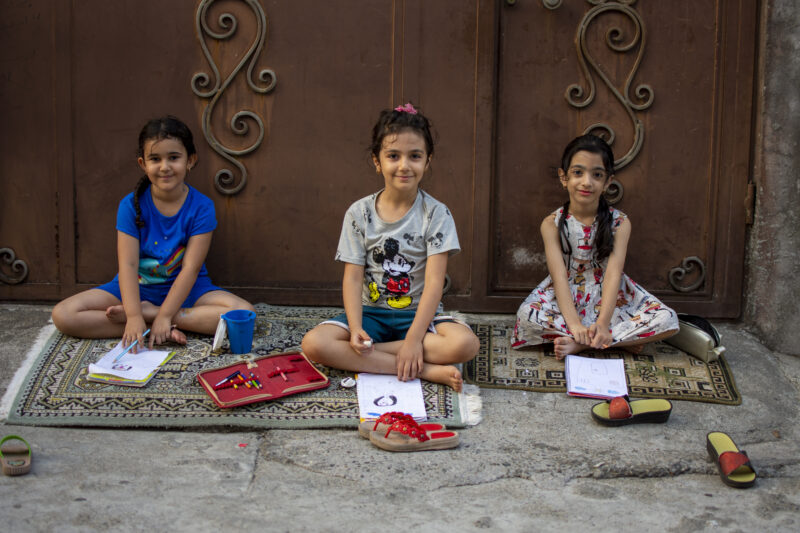
For generations, women’s rights have been restricted in Iran. As recent political tensions have grown, so have the restrictions. Women’s current protests are a century in the making. Can we call this a feminist revolution?

“Back in 2011, I was on the phone with my grandmother in Tehran,” says Dr. Sara Hassani, assistant professor of political science and women’s and gender studies at Providence College. “She told me about an effort she and her friends were partaking in for girls who survived their self-immolations”—the act of setting oneself on fire.
“These were all young girls, my own age at the time; I had to know more,” she said.
On March 9, Dr. Hassani spoke virtually about her research into these young women’s stories at the FIT Department of Social Sciences’ World Affairs Lecture. Dr. Souzeina Mushtaq, visiting assistant professor of communication and media studies from the University of Wisconsin–River Falls, moderated.
Hassani’s research focuses on feminism and gender, political agency, and particularly self-immolation. Though political science has not always treated self-immolation as a valid form of protest, Hassani says, this form of suicide tells us a great deal about the politics in the countries where it is practiced.
Hassani says this act is a method of gaining control—rather than an expression of mood or a form of self-harm, as is often assumed. She calls it a “public form of objection.” Self-immolation in Iran is only the most extreme form of protest against the policing of women by the state, and their status in society. All of the survivors she interviewed were married at the time of their attempt, except for one woman, who attempted in protest of a pending engagement.

The recent Iran protests began last year, after Jîna Mahsa Amini, a Kurdish woman from Saqqez, died in police custody in Tehran after being arrested for accidentally revealing her hair. (Hair is traditionally concealed under a hijab in modern-day Iran.) At Amini’s funeral, women attendees removed their headscarves and marched to the governor’s office, chanting “Women! Life! Freedom!”
Since then, over 150 Iranian schools have become involved in protests, despite being retaliated against with apparent poisonings. Tens of thousands have been arrested, and more than 500 protestors killed.
Hassani says it’s not enough to defund Iran’s guidance police or repeal veil laws. She says Iran’s constitution codifies violence against women: Lower marriage age for girls, bans on women’s participation in government, and the legal decree that a woman’s testimony is worth half of a man’s in court.
For the first time, however, Hassani says hope can be found through the leadership of Gen Z, support from young men, and the fact that this has developed into a transnational movement with international solidarity.
An audience member asked if we should call this a feminist revolution. “I think it is absolutely crucial that we call it a feminist revolution; it’s crucial that we recognize its revolutionary momentum,” said Dr. Hassani.
—-by Sydney Bigelow, International Trade and Marketing ’21
This World Affairs Lecture Series is presented in partnership with the Dean of Liberal Arts and Sciences, the Presidential Scholars Program, and the Office of International Programs. You can play the archive video of the event on YouTube.
